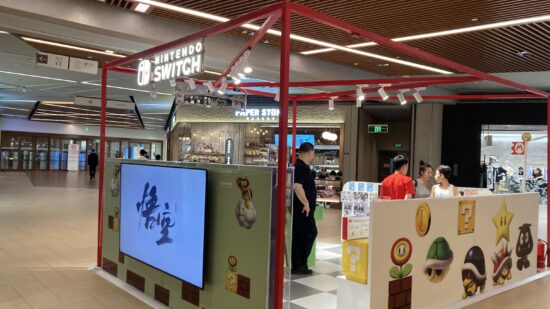China is experiencing an economic recession. While official figures from the Chinese government are lacking, economic indicators are steadily declining. This downturn is widely acknowledged by those in the Chinese gaming industry.
【超貴重インタビュー】オタクになったきっかけは「ときメモ」!中国のゲーム開発者kakaさんに色々聞いてみた
The Chinese gaming market faces significant challenges. Historically, releasing a game in China required obtaining a government-issued “version,” creating high barriers to entry. Now, with tightened internet regulations and the economic slowdown, the market is in an even more precarious position.

In fact, several small game studios I know have been forced to shut down, and publishers operating solely within China are struggling. Even ByteDance, TikTok’s parent company, has exited the gaming business.
Is the Chinese game market finished? Not at all. With a population of 1.3 billion and the world’s second-largest economy, China won’t suddenly decline. Some game market segments are actually showing growth.
One such segment is the Nintendo Switch market. Tencent enabled official Nintendo Switch sales in China in 2019, and since then, sales have steadily increased, establishing a solid Switch market.

The Chinese version of the Switch has been modified for the Chinese market, allowing only licensed games to be played. Initially, this limited the available software, forcing Chinese gamers to either import games via Hong Kong or travel to Japan to buy Switch consoles.
However, the number of titles playable on the official Chinese Switch is gradually increasing, making the console more popular.
In the past, it was common for Chinese gamers to buy pirated versions of games, which were much cheaper than legitimate copies in Japan. Games costing 7,000 to 8,000 yen in Japan often cost less than 1,000 yen for Chinese gamers.
This situation is improving, with Chinese gamers now purchasing games at prices closer to those in Japan.
The growing number of Switch users, alongside the increase in Steam users, is a positive development for the Chinese gaming market.
Now, let’s look at another growing game market in China: the HTML5 gaming market.
While the HTML5 game market seems to have lost momentum in Japan and globally several years ago, it continues to thrive in China.
Chinese HTML5 games initially appeared as simple, easy-to-play games on TikTok and WeChat. However, they’ve evolved uniquely, with many now offering rich experiences that are surprisingly sophisticated for HTML5 games.
Chinese-style HTML5 games first appeared as easy-to-play games on TikTok and WeChat, but they have developed in a unique way, and the number of rich games that are hard to believe are HTML5 games has increased.

Games on TikTok and WeChat, with their massive user bases, can attract hundreds of millions of active users if they become popular. Some of these games can generate enormous profits.
I’ve heard reports of net profits reaching tens of billions of yen per month. While I can’t verify these figures, there’s no doubt that the Chinese HTML5 game market has immense potential.
Although this trend might be temporary, it’s undeniably a lucrative market for certain developers and publishers.
The Chinese game market, after experiencing rapid growth, has faced challenges due to various factors. However, I believe there are still paths to success.
Despite a sharp decline in small and medium-sized game development studios, exceptional indie game studios continue to thrive. The immense popularity of the WePlay indie game event is a testament to this.
While expanding into the Chinese game market from Japan carries risks, future trends may present better opportunities.
コメントを残す